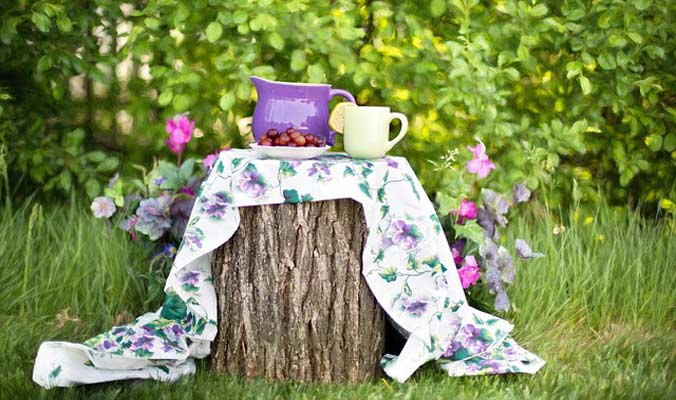Does being a nature lover make you a better gardener? Well, not necessarily. However, it might determine the style of garden you finally design. Do you like a lot of turf? Lots of plants? Paved areas? Structures like gazebos or patios?
When you make up your mind to take on the gardening project you can hire a professional landscaper and discuss your requirements with them or just start with some drawings on a piece of paper to determine just how much room you have available. It always helps to have an image of what you want to do. The other advantage of doing a more detailed design plan is that you will avoid mistakes, which will cost money when buying materials and plants.
Here are some handy steps to consider:
Step 1 – Tools you might need
Let’s start with pencil and paper to draw your gardening plan. But in this tech age, you will find software available on the internet. Whichever you choose, getting the design down on paper or on your computer gives you something to follow.
Step 2 – What do you have already in place?
You know what you want in your design but what you want and what you have available might not always match. For example, if you want a large vegetable patch, and you have only a small garden space, it’s not going to happen. Be realistic about your space. Also, if you already have a nice garden feature such as a fishpond, you may want to keep that in your design.
Step 3 – Your Garden Boundaries
Measure the outskirts and plot them on paper or computer. The more accurate the better. Consider this part of your design as the canvas on which you will be working. Doing this by drawing in scale would be a great idea.
Step 4 – Your Theme
This is a fairly critical step because there are so many themes available. You don’t want a hodge podge of different themes. Here’s a few ideas:
- Modern Style. Throw in some stainless steel and sensational paving using limestone or slate. The minimalistic look.
- Traditional. Not really a theme because there are no standout features. Lawn, flower borders and a few trees.
- Creative. Use existing structures already within the garden area. Maybe that old shed can be turned into a kid’s play area. Perhaps add a waterfall feature to the old fishpond.
Step 5 – Your garden features
This is the fun part and also the step that can cost the most. What gardening features do you want? The shape of the lawn, the style of paving, install some decking, create the plant and flower beds, build a patio. Work on ‘exciting’ and ‘beautiful’ for the features.
